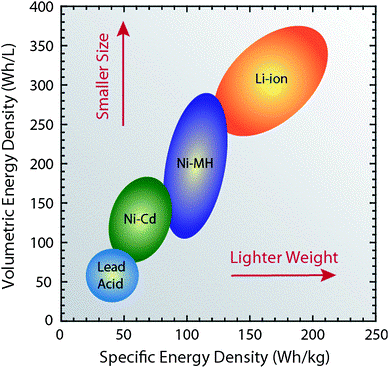With this information I calculated the total energy released and the energy density of each fuel. My experiment showed that paraffin wax had the greatest energy density of the six fuels I tested, while wood had the lowest energy density. Gasoline, diesel, candle wax, etc. All have heats of combustion of around 44-46 MJ/kg. Ethanol is slightly lower at 30 MJ/kg. Energy density,17–19 most efforts to improve thermal power density focus on increasing the composite thermal conductiv-ity using combinations of thermally conductive materials and traditional PCMs. Many transient heat sink designs are built around organic PCMs such as paraffin wax due to their high. With the inhibitor molecule embedded, the structure of wax crystal is disturbed, significantly decreasing the order and significantly lowering the cohesive energy density relative to that of the pure wax crystal, supporting the slower transition from soft wax to hard wax.
Apr 01, 2000 The swirling 'lava' is made of wax, the density of which is increased by adding compounds such as carbon tetrachloride. The liquid is either mineral oil or water, sometimes enhanced with glitter or coloring.
Thermal Investigation of Paraffin Wax for Low-Temperature Application


Density Of Paraffin Wax

V. Karthikeya,Chatchai Sirisamphanwong,Sukruedee Sukchai
Abstract
Paraffin wax is an effective thermal energy storage material which changes solid to liquid phase during charging mode and liquid to solid phase for discharging mode. In this paper, two types of paraffin wax ; paraffin A and B were examined by accelerating the 100 thermal cycles; heating and cooling to verify the thermal stability and degradation mechanism of the thermal property. Digital scanning calorimetry (DSC) was used for both paraffin waxes in order to investigate the variation in melting temperature and latent heat of fusion in the 0th and 100th thermal cycle. Paraffin A and B melting temperature were stable in 0th and 100th thermal cycle as well as no noticeable variation on paraffin A latent heat of fusion in preliminary investigation whereas paraffin B showed wide variation in latent heat of fusion from 0th and 100th charging mode which was from 130.0 J/g to 203.0 J/g. It was a massive enhancement on energy density. The results showed that the paraffin B enabled high energy density than paraffin A. However, paraffin A latent heat of fusion remained stable during the investigation as well as relatively 0.02 g material evaporation was noticed. From this investigation, it was found that both paraffin wax were suitable for low thermal application.
Volume 11 | 05-Special Issue
Energy Density Of Paraffin Wax
Pages: 1437-1443